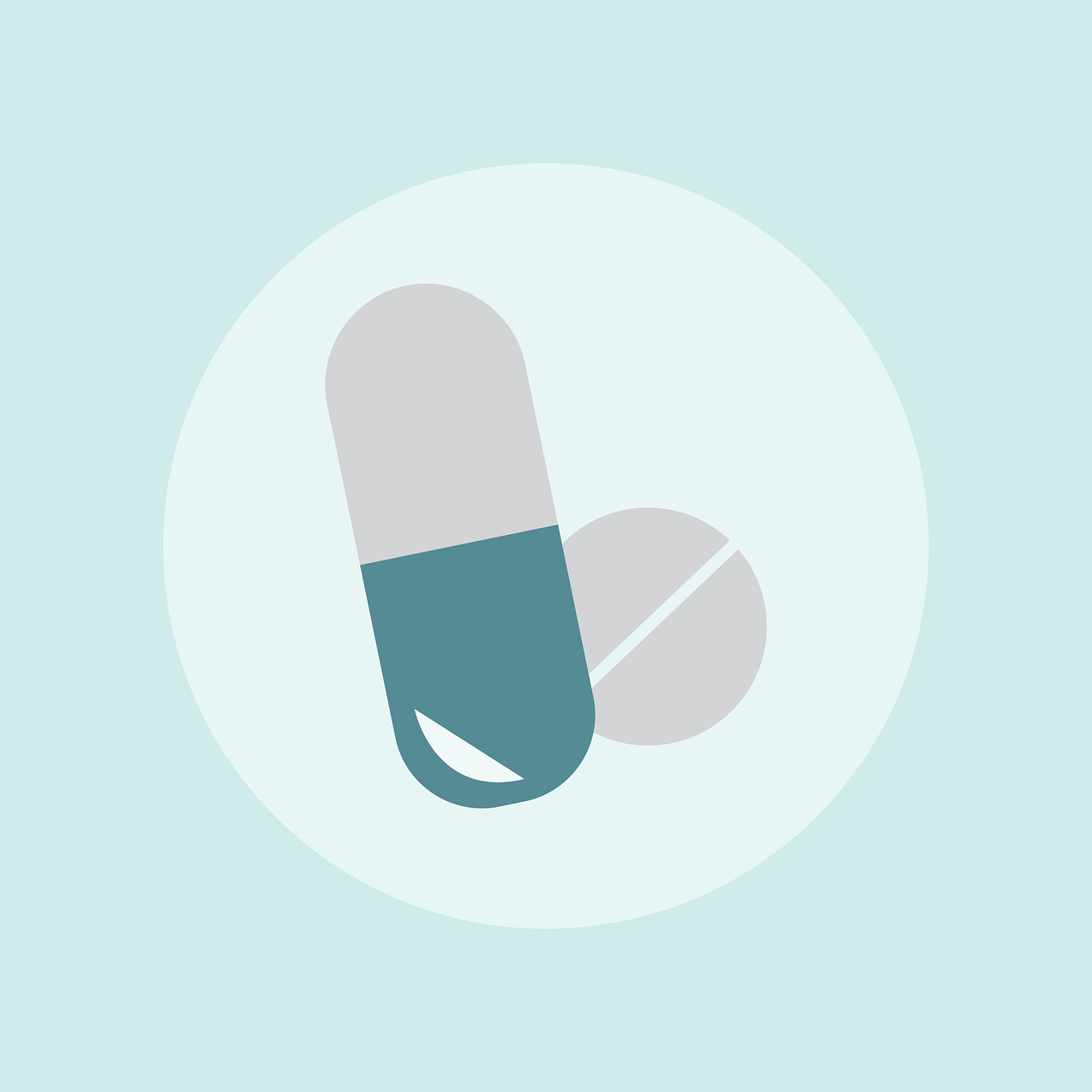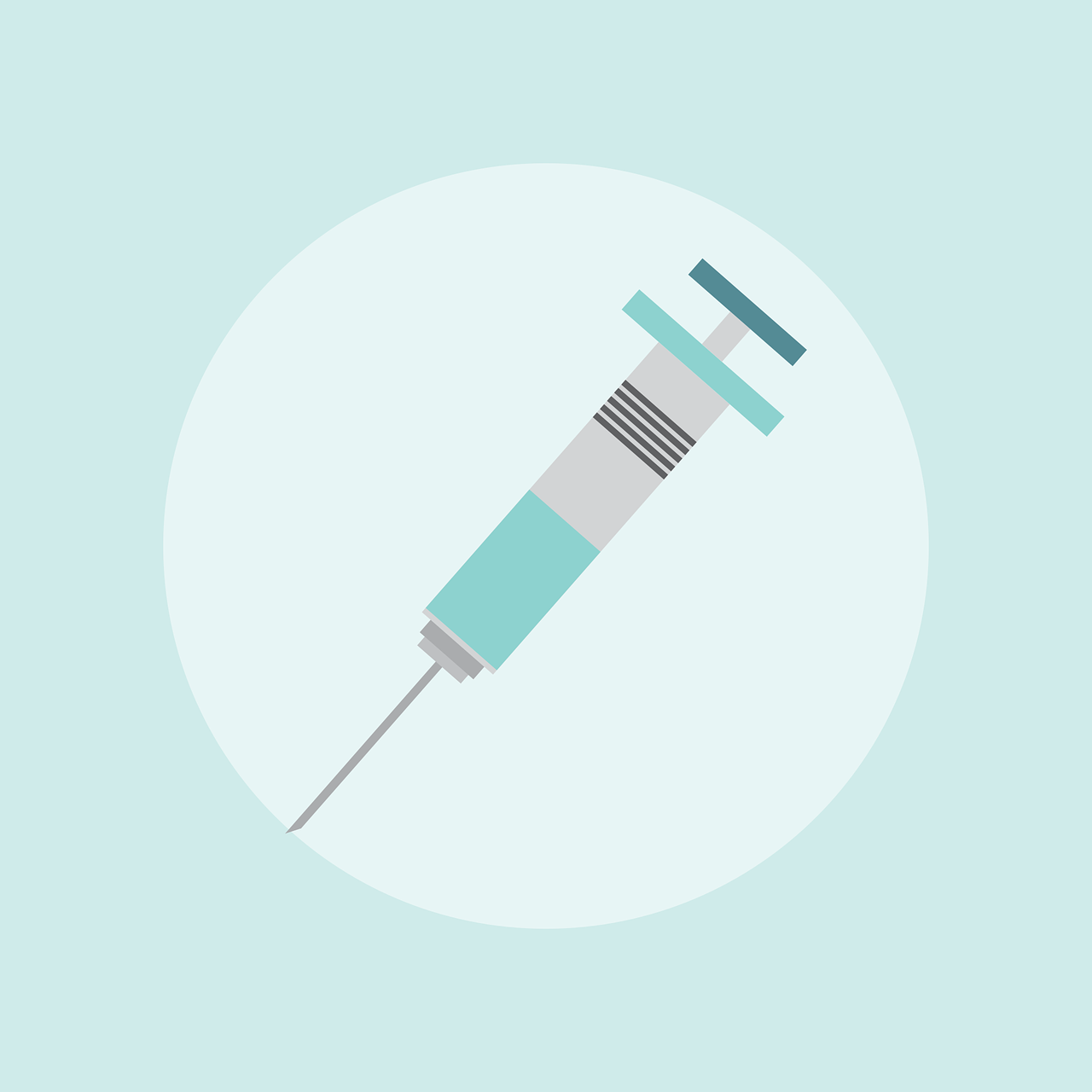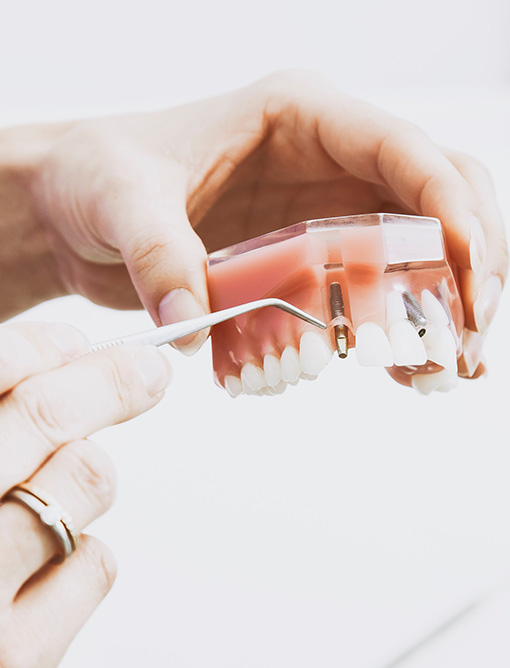Cytarabine Solution for injection or Infusion 100MG / ML
1 What Cytarabine Injection is and what its is used for
• Cytarabine injection is used in adults and children. The active ingredient is cytarabine.
• Cytarabine is one of a group of the medicines known as cytotoxics; these medicines are used in the treatment of acute leukaemias (cancer of blood where you have too many white blood cells).
• Cytarabine interferes with the growth of cancer cells, which are eventually destroyed.
• Remission induction is an intensive treatment to force leukaemia into retreat. When it works, the balance of cells in your blood becomes more normal and your health improves. This relatively healthy spell is called a remission.
• Maintenance therapy is a milder treatment to make your remission last as long as possible. Quite low doses of Cytarabine are used to keep the leukaemia under control and stop it flaring up again.
2 What you need to take Cytarabine Injection
Do not use Cytarabine injection
• If you are allergic (hypersensitive) to cytarabine, or any of the ingredients of Cytarabine Injection.
• If the cell count in your blood report is very low due to some cause other than cancer, or as decided by your doctor.
• If you are feeling increasing difficulties in body coordination after radiation treatment with another anticancer drug such as methotrexate.
Warnings and precautions
Talk to your doctor or pharmacist or nurse before using Cytarabine injection Take special care with Cytarabine injection
• If your bone marrow is in low state, therapy should be initiated under close medical supervision.
• If you have problems with your liver.
• Cytarabine strongly reduces blood cell production in the bone marrow. This can make you more prone to infections or bleeding. The blood cell numbers can continue to fall for up to a week after stopping treatment. Your doctor will test your blood regularly and examine your bone marrow if required.
• Serious and sometimes life-threatening side effects can occur in the central nervous system, the bowels or lungs
• Your liver and kidney functions should be monitored during cytarabine therapy. If your liver is not working well before treatment, cytarabine should be given only with utmost care.
• The levels of uric acid (showing that the cancer cells are destroyed) in your blood (hyperuricaemia) may be high during treatment. Your doctor will tell you if you need to take any medicine to control this.
• During treatment with cytarabine administration of live or attenuated vaccine is not advised. If required, consult your doctor. Use of killed or inactivated vaccine may not have the desired effect due to suppressed immune system while on cytarabine.
• Do not forget to tell you doctor if you have received radiotherapy.
Other medicines and Cytarabine injection
Tell your doctor or pharmacist if you are taking, have recently taken or might take any other medicines.
• Given medicines containing 5-Fluorocytosine (a medicine used to treat fungal infections).
• Taking medicines containing digitoxin or betaacetyldigoxin, which are used to treat certain heart conditions.
• Taking Gentamicin (an antibiotic used to treat bacterial infections).
• Given medicines containing cyclophosphamide, vincristine and prednisone which are used in cancer treatment programmes.
Pregnancy, breast-feeding and fertility
Pregnancy
Avoid becoming pregnant while you or your partner is being treated with Cytarabine. If you are sexually active, you are advised to use effective birth control to prevent pregnancy during treatment, whether you are male or female. Cytarabine may cause birth defects, so it is important to tell your doctor if you think you are pregnant. Men and women have to use effective contraception during and up to 6 months after treatment.
Breast-feeding
You should stop breast-feeding before starting treatment with Cytarabine because this medicine may be harmful to infants being breast-fed.
Fertility
Cytarabine may lead to suppression of menstrual cycles in females and lead to amenorrhoea and may suppress sperm production in male patients. Male patients undergoing cytarabine treatment should use a reliable contraceptive method. Ask your doctor or pharmacist for advice before taking any medicine.
Driving and using machines
Cytarabine does not affect your ability to drive or use machinery. However, cancer treatment in general can affect the ability of some patients to drive or operate machines. If you are affected, you should not drive or use machinery.
3 How to take Cytarabine Injection
Method and routes of administrations
Cytarabine will be given to you by infusion into a vein (through a ‘drip’) or by injection into a vein or by subcutaneous injection under the direction of specialists in hospital. Your doctor will decide what dose to give and the number of days’ treatment you will receive depending on your condition.
The recommended dose is
Based on your condition, your doctor will decide the dose of cytarabine, whether you are in induction or maintenance therapy and your body surface area. Your body weight and height will be used to calculate your body surface area.
During treatment you will need regular checks including blood tests. Your doctor will tell you how often this should be done. He/she will be making regular checks of:
• Your blood, to check for low blood cell counts that may need treatment.
• Your liver – again using blood tests – to check that Cytarabine is not affecting the way it functions in a harmful way.
• Your kidneys – again using blood tests – to check that Cytarabine is not affecting the way it functions in a harmful way.
• Blood uric acid levels -cytarabine may increase uric acid levels in the blood. Another medicine may be given if your uric acid levels are too high.
• If you are on dialysis, the doctor may alter the time of drug administration as dialysis may decrease the effectiveness of the medicine.
If you take more Cytarabine injection than you should
High doses can worsen side effects like sores in the mouth or may decrease the number of white blood cells and platelets (these help the blood to clot) in the blood. Should this happen, you may need antibiotics or blood transfusions. Mouth ulcers can be treated to make them less uncomfortable as they heal.
If you have any further questions on the use of this product, ask your doctor or pharmacist.
4 Possible Side Effects
Like all medicines, Cytarabine injection can cause side effects, although not everybody gets them. The side effects of cytarabine are dependent on the dose. The digestive tract is most commonly affected, but also the blood.
Tell your doctor or nursing staff who will be monitoring you during this time immediately, if
you suffer from the following symptoms after taking this medicine:
• An allergic reaction such as sudden wheeziness, difficulty in breathing, swelling of eyelids, face or lips, rash or itching (especially affecting the whole body).
• severe allergic reaction (anaphylaxis): skin rash including red itchy skin, swelling of the hands, feet, ankles, face, lips mouth or throat (which may cause difficulty in swallowing or breathing) bronchospasm and you may feel you are going to faint (a spontaneous loss of consciousness caused by insufficient blood to the brain). It may be fatal (uncommon).
• Clinical signs as present in pulmonary oedema/ARDS may develop, particularly in highdose therapy: acute, distressing breathing difficulties and water in the lungs (pulmonary oedema) have been observed, particularly at high doses (common).
• You are feeling tired and lethargic.
• You have flu like symptoms e.g. raised temperature or fever and chills.
• Severe pain in the chest
• Severe pain in the abdomen
• Loss of vision, loss of sense of touch, mental disturbance or loss of ability to move normally (this medicine may cause side effects to the brain and eyes which are usually reversible but may be very serious)
• You bruise more easily or bleed more than usual if you hurt yourself. These are the symptoms of low numbers of blood cells. Tell your doctor or nursing staff immediately if you experience these symptoms.
These are serious side effects. You may need urgent medical attention.
Common (affects 1 to 10 users in 100):
• Fever
• Not enough white and red blood cells or blood platelets, which may make you more prone to infections or bleeding
- a fall in white blood cells can be accompanied by chills and fever that immediately require a medical opinion;
- A fall in the platelet count can be accompanied by bleeding that immediately require a medical opinion,
• Abnormal blood cells (megaloblastosis)
• Loss of appetite
• Swallowing difficulty
• Belly ache (abdominal pain)
• Nausea (feeling sick)
• Vomiting
• Diarrhoea
• Inflammation or ulceration of the mouth or anus
• Reversible effects on the skin such as reddening (erythema), blistering, rash, hives, blood vessel
• inflammation (vasculitis), hair loss Reversible effects on the liver such as increased enzyme levels
• Reversible effects on the eyes such as sore eyes with bleeding (haemorrhagic conjunctivitis) with vision disturbance, sensitivity to light (photophobia), watery or burning eyes and inflammation of the cornea (keratitis)
• Reduced consciousness (at high doses)
• Speaking difficulties (at high doses)
• Abnormal eye movements (nystagmus at high dose)
• Inflammation of the vein at the site of injection
• Abnormally high bl
Uncommon (affects 1 to 10 users in 1,000):
• Sore throat
• Headache
• Serious allergic reactions (anaphylaxis), causing
• Irregular heartbeat (arrhythmias)
Not Known (frequency cannot be estimated from the available data):
• Damage to nervous tissue (Neural Toxicity) and inflammation of one or more nerves (neuritis)
• Inflammation of the pancreas (Pancreatitis)
• Sore eyes (conjunctivitis)
Other side effects:
The Cytarabine Syndrome may occur 6-12 h after the start of treatment. The symptoms include:
• Fever
• Bone and muscle pain
• Occasional chest pain
• Rash
• Sore eyes (conjunctivitis)
• Nausea (feeling sick)
• Your doctor may prescribe corticosteroids (antiinflammatory medicines) to prevent or treat these symptoms. If they are effective, treatment with cytarabine may be continued.
Reactions observed with higher-dose therapy
Central nervous system:
The following symptoms, which are usually reversible, may develop in up to one third of patients after treatment with high cytarabine doses:
• Personality changes
• Changed alertness
• Difficulty in speaking
• Problems of coordination
• Tremor
• Abnormal eye movements (nystagmus)
• Headache
• Peripheral motor and sensory neuropathies (damage to nerves of the peripheral nervous system)
• Confusion
• Sleepiness
• Dizziness
• Coma
• Convulsions
These side effects may occur more often:
• in elderly patients (>55 years of age)
• in patients with impaired liver and kidney functions
• after previous cancer treatment to the brain and spinal cord for instance radiotherapy or injection of cytostatic
• with alcohol abuse
The risk of nervous system damages increases if the cytarabine treatment:
• is given at high doses or at short intervals
• is combined with other treatments that are toxic to the nervous system (such as radiotherapy or methotrexate)
Digestive tract:
Especially in treatment with high doses of cytarabine more severe reactions may appear in addition to the common symptoms. Perforation, death of tissue (necrosis) and obstruction of the bowel and inflammation of the inner belly lining have been reported. Liver abcesses, liver enlargement, blockage of liver veins and inflammation of the pancreas have been observed after high-dose therapy. The side effects on the digestive tract are less if cytarabine is given by infusion.
Lungs:
Acute, distressing breathing difficulties and water in the lungs (pulmonary edema) have been observed, particularly at high doses.
Others:
• Heart muscle disease (cardiomyopathy)
• Abnormal muscle breakdown (rhabdomyolysis)
• Blood infection (sepsis)
• Corneal toxicity
• Viral, bacterial etc infections
• Loss of sperm and menstrual cycle
If any of the side effects gets serious, or if you notice any side effects not listed in this leaflet, please tell your doctor or pharmacist.
Reporting of side effects
If you get any side effects, talk to your doctor, pharmacist or nurse. This includes any possible side effects not listed in this leaflet. By reporting side effects you can help provide more information on the safety of this medicine.
5 How to store Cytarabine Injection
Keep out of the reach and sight of children.
Do not store above 25° C.
Do not refrigerate or freeze.
Do not use Cytarabine injection after the expiry date on the vial or carton label (mm/yy). The expiry date refers to the last day of that month.
In use Stability: Chemical and physical in-use stability has been demonstrated in sodium chloride injection (0.9 % w/v) and dextrose injection (5% w/v) for up to 24 hours at temperature below 25° C and for up to 72 hours at 2-8° C.
From a microbiological point of view, the product should be used immediately. If not used, in-use storage times and conditions are the responsibility of the user and would normally not be longer than 24 hours at 2- 8°C, unless dilution has taken place in controlled and validated aseptic condition. Do not use Cytarabine injection if you notice that the solution is not clear, colourless and free of particles. Medicines should not be disposed of via wastewater or household waste. Ask your pharmacist how to dispose of medicines no longer required. These measures will help to protect the environment.
6 Contents of the pack and further Information
What Cytrabine Injection contain
Cytarabine injection contains the active ingredient Cytarabine
1 ml contains 100 mg Cytarabine
Each 1 ml vial contains 100 mg of Cytarabine.
Each 5 ml vial contains 500 mg of Cytarabine.
Each 10 ml vial contains 1 g of Cytarabine.
Each 20 ml vial contains 2 g of Cytarabine.
Each 40 ml vial contains 4 g of Cytarabine.
Each 50 ml vial contains 5 g of Cytarabine.
The other ingredients are Macrogol 400, Trometamol, and water for injections.
What Cytrabine Injection look like and contents of the pack
Cytarabine injection is a clear, colourless solution for injection or infusion.
For 1 ml,
Solution for injection is filled in 2 ml Type - I clear glass vial closed with 13 mm grey rubber stopper and 13 mm aluminium flip-off transparent blue seal/13 mm aluminium flip off royal blue seal.
For 5 ml,
Solution for injection is filled in 5 ml Type - I clear tubular glass vial closed with 20 mm grey rubber stopper and 20 mm aluminium flip-off transparent blue seal/20 mm aluminium flip off royal blue seal.
For 10 ml,
Solution for injection is filled in 10 ml Type - I clear tubular glass vial closed with 20 mm grey rubber stopper and 20 mm aluminium flip-off transparent blue seal/20 mm aluminium flip off royal blue seal.
For 20 ml,
Solution for injection is filled in 20 ml Type-I clear glass vial closed with 20 mm grey rubber stopper and 20 mm aluminium flip off royal blue seal.
For 40 ml,
Solution for injection is filled in 50 ml Type-I clear moulded glass vial closed with 20 mm grey rubber stopper and 20 mm aluminium flip off royal blue seal.
For 50 ml,
Solution for injection is filled in 50ml Type-I clear moulded glass vial closed with 20 mm grey rubber stopper and 20 mm aluminium flip off violet seal.
Pack sizes:
1x1 ml vial, 5x1 ml vial
1x5 ml vial, 5x5 ml vial
1x10 ml vial
1x20 ml vial
1x40 ml vial
1x50 ml vial
Not all pack sizes may be marketed.
Manufactured in India by:
TAJ PHARMACEUTICALS LTD.
Mumbai, India
at SURVEY NO. 188/1, 190/1TO 4, ATHIYAWAD ,
DABHEL, DAMAN- 396210 (INDIA)
Mfg. Lic. No: DD/xxxxxxx/2018-A
This leaflet was last revised in Nov 2018.
Click here for Download pdf of patient information
Click here for Download pdf of prescribing information

Cytarabine Uses
This medication is usually given by injection into a vein by a health care professional. It may also be given by other methods of injection depending upon your medical condition.

Cytarabine Side Effects
Nausea, vomiting, loss of appetite, diarrhea, headache, dizziness, and pain/swelling/redness at the injection site may occur. Nausea and vomiting can be severe.

Cytarabine Precautions
Using cytarabine, tell your doctor or pharmacist if you are allergic to it; or if you have any other allergies. This product may contain inactive ingredients, which can cause allergic reactions or other problems.
For Free & Detailed solution: Contact our Experts 24/7
Our Services
Cytarabine is used to treat various types of cancer. It is a chemotherapy drug that works by slowing or stopping cancer cell growth.
We would like to give you an overview of Taj Pharmaceuticals: our background, organization, products, core belief and prospects.
This section displays common question about the Cytarabine Solution for injection or Infusion.
Cytarabine Image Gallery





